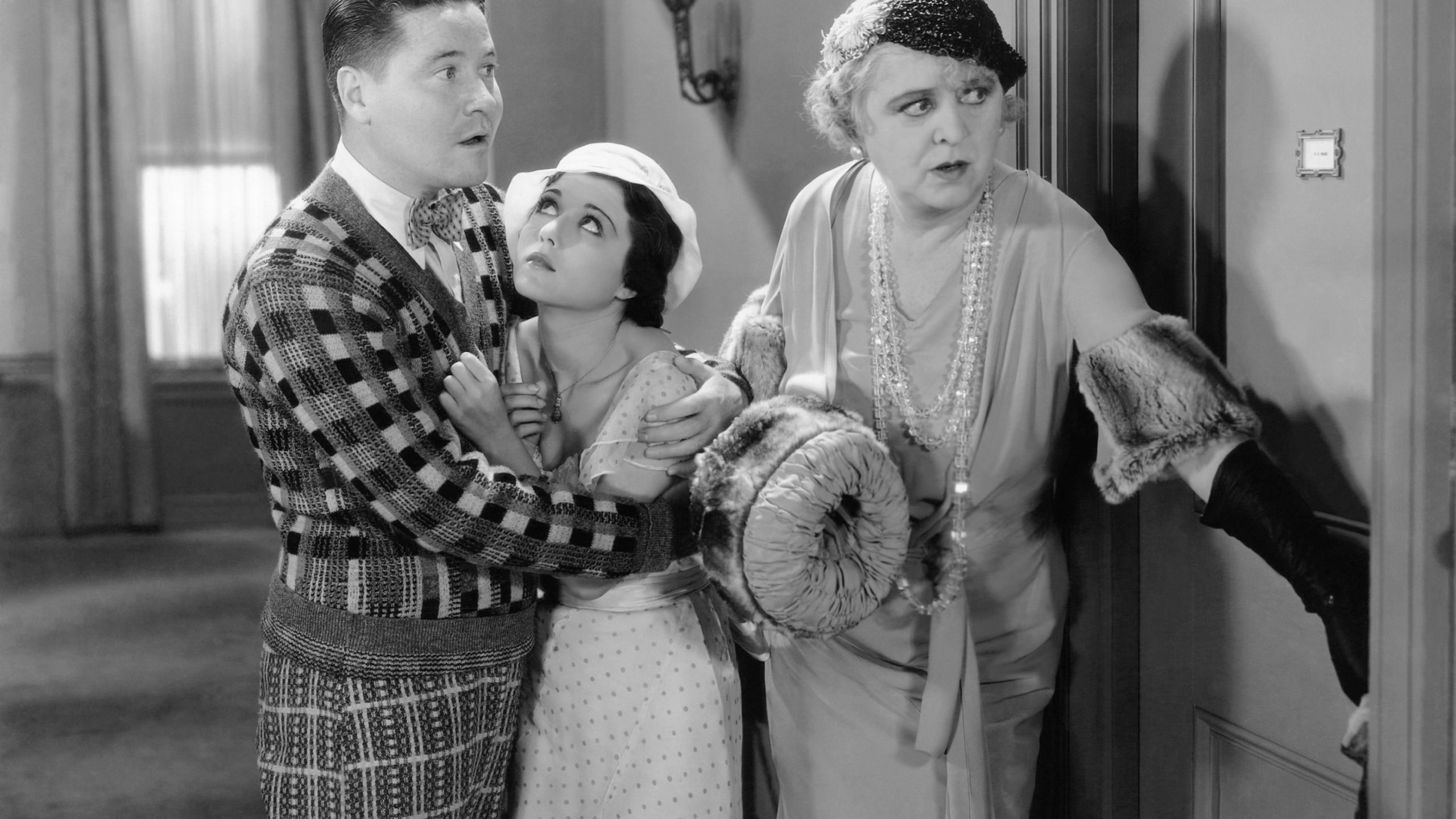Back in 2016, MOMA curator Dave Kehr programmed a series of restorations and rediscoveries from the early days of sound at Universal Studios. Across the country in Los Angeles, film historian Leonard Maltin looked at the schedule with envy and longing. “My mouth was watering,” Maltin told IndieWire. “I was so frustrated that I couldn’t just fly to New York and set up a futon in the lobby so I could go to all the films he was screening.”
Luckily, Maltin was able to see some of the films back in Hollywood when Universal archivist Bob O’Neil allowed him to sit in on screenings that had been set up to check answer prints. “I saw dozens of them,” Maltin said. “Some were good, many were unmemorable or downright bad, but every now and then I got lucky and found a real winner.”
Maltin wanted to share his discoveries with the Los Angeles film community, so starting September 20 he’ll be presenting a long weekend of double features at Quentin Tarantino‘s New Beverly Cinema. Of the six films showing, only “The Good Fairy,” an early comedy from screenwriter Preston Sturges and director William Wyler, is available on physical media (as a Blu-ray from Kino Lorber), and none of the six are currently streaming.
All six films will be screening on 35mm prints that should be in terrific shape thanks to Universal’s ongoing commitment to celluloid preservation. “Bob O’Neil and others at Universal believe, as many archivists do, that the only way to properly preserve a film is on 35mm,” Maltin said. “No matter what other forms of projection, transmission, or duplication come along, if you have the original negative in good condition you’ve got what it takes to make the film come alive again onscreen.”
The New Beverly series features an eclectic mix of movies, beginning with the 1932 comedy “Once in a Lifetime.” Adapted from the successful Broadway play by George S. Kaufman and Moss Hart, it’s a hilarious tale of the transition from silent pictures to talkies — the same ground covered in “Singin’ in the Rain” and Damien Chazelle’s “Babylon,” but from a vantage point only a few years after the tumultuous industry transformation occurred.
“Once in a Lifetime” is paired with “The Cohens and Kellys in Hollywood,” a comedy so rare Maltin himself hasn’t even seen it yet. “I’ve always been intrigued by it because they shot it on the Universal lot and recruited all of the studio’s biggest stars to make cameo appearances in the film,” Maltin said. “Boris Karloff, Tom Mix, newcomer Gloria Stuart, and Lew Ayres, who had starred in ‘All Quiet in the Western Front,’ are all in it. That’s got to be seen, right?”
The following night Maltin will be introducing “Afraid to Talk” and “Law and Order,” a pair of 1932 movies directed by Edward L. Cahn. Though Cahn is best known for B-movies, Maltin says these films exhibit a talent that contradicts the director’s reputation. “These are really solid movies that prove he was capable of more than the B-movies he made for decades,” he said, adding that each film has distinguished collaborators: “Afraid to Talk” was photographed by the legendary Karl Freund (“Metropolis”), and “Law and Order” boasts an early screenplay by John Huston.
The series wraps up with a double feature starring Margaret Sullivan consisting of the John Stahl-directed melodrama “Only Yesterday” and the aforementioned “The Good Fairy.” Sullivan fell in love with and married director William Wyler on the set of “The Good Fairy,” though their marriage was already on the rocks practically by the time the movie was released. “I like the idea that the director created this shining image of a woman for the public and then bought into it himself,” Maltin said.
All of these films come from the early 1930s, a decade Maltin says is his favorite for American films alongside the 1970s. “Both were difficult times for the country in real life, but they yielded wonderful movies,” he said. While Maltin says that the best way to see any movie is on the big screen with an audience, he feels these films in particular will benefit from the experience. “It’s certainly the best way to experience movies that have been hiding in plain sight like these have, because you can share the thrill of discovery with a simpatico crowd of people who are there for the same reason you are.”
In keeping with New Beverly practice, all the programs will be accompanied by carefully curated vintage trailers and short subjects, adding to the can’t-miss quality of the series. “The opportunity to see these six movies in a theatre that caters to film buffs is the brass ring on a merry-go-round,” Maltin said, adding that he hopes the program attracts a crowd for another simple reason. “If this is well attended, maybe we’ll be able to show more of these films that aren’t otherwise available. There are more where these came from — a lot more.”



